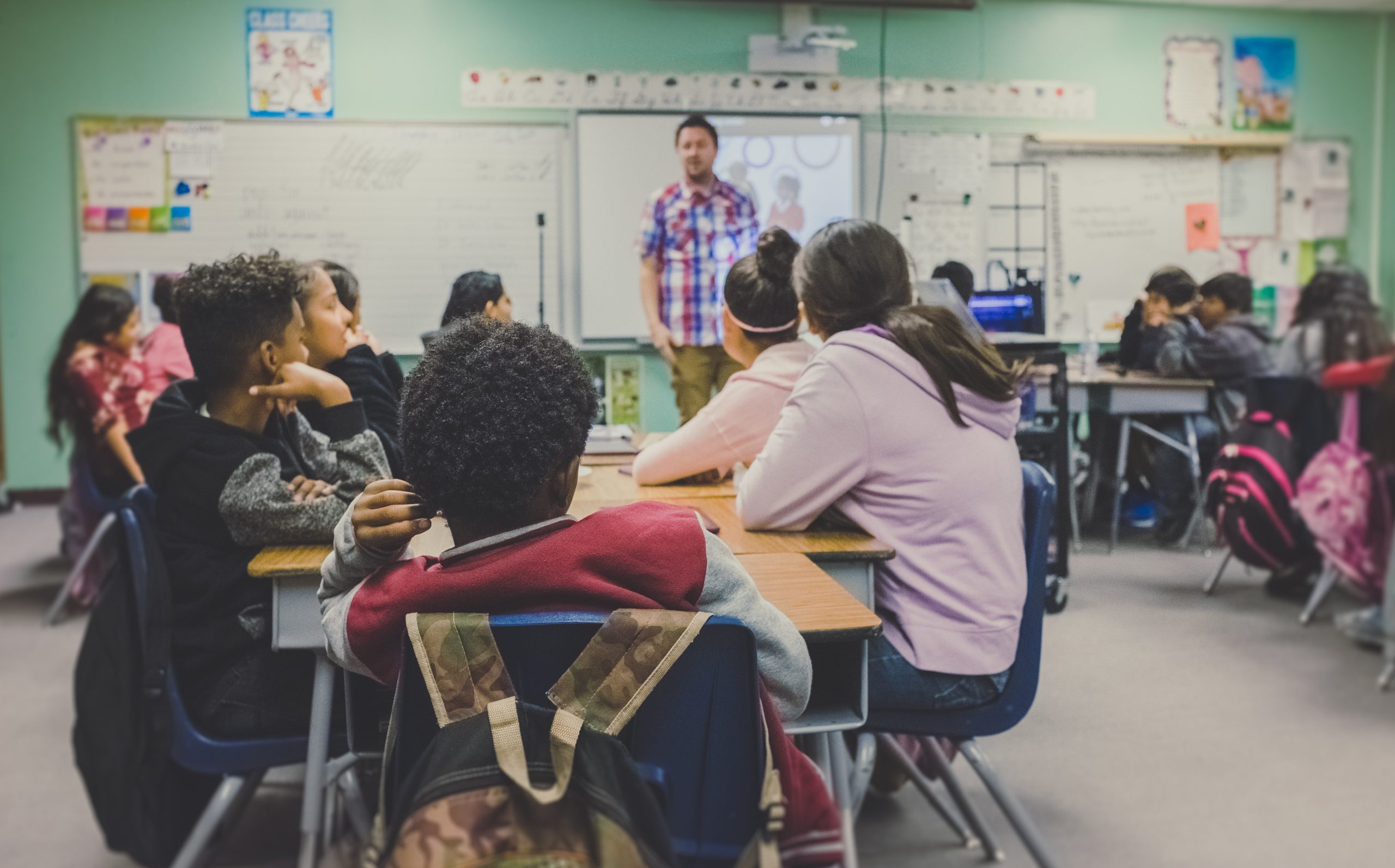York University’s Professor Jennifer Steele, of the department of psychology, has conducted a study in an attempt to understand children’s racial biases toward non-Black and Black peers. The study provides insight into unconsciously held racial biases, how one can become aware of them, and subsequently counter them.
The study utilises the Implicit Association Test (IAT), which according to Project Implicit, measures how strongly one associates between different concepts, evaluations and stereotypes. Project Implicit allows individuals to take the IAT to measure their implicit biases and is a non-profit organisation, in which Professor Steele serves as a member of the scientific advisory board.
“We know from previous research that non-Black children tend to show more positive associations with White children over Black children on the Implicit Association Test or IAT, a reaction time measure of bias,” Steele explains. It is not clear exactly why children show such biases but Steele believes that these biases help reflect unconscious associations and messages children receive from the world around them.
Steele explains the methodology of her research: “What was different about our research is that we were interested in whether these racial biases would persist when children were shown same-gender Black and other-gender White children. So, girls were shown Black girls and White boys, and boys were shown Black boys and White girls.
“What we found was that racial bias still came through – but only when the task encouraged children to think about and categorise these faces by race – so as Black and White children,” explains Steele.
“When children were asked to think about these faces as boys and girls, the racial bias went away and was replaced by a preference for their own gender. What this tells us, theoretically, is that race and racial biases can come in and out of focus for children based on cues in their environment” says Steele.
A third part of this study, called the Ambiguous Categorization condition, prompted the children to view Black children from a non-specified lens. “Girls spontaneously showed more positive associations with Black girls (over White boys), suggesting that on this task girls were attending more to gender. By contrast, boys spontaneously showed more positive associations with White girls (over Black boys), suggesting that racial bias spontaneously came through.
There are many possible explanations for this finding, but one possibility is that Black boys are more likely to be seen through the lens of race than Black girls, at least on this type of task.”
A significant question to be asked after analysing this study is : are unconscious biases a consequence of observing parents’ behaviour or must they be taught? Steele explains that a child’s environment can largely impact their biases. Ideas disseminated from the media, implicitly by parents and educators, all add to unconsciously held biases.
If a child holds such biases, Steele explains that not only is it important to acknowledge that children see race, but to talk to children about race in an age-appropriate way.
“Parents can reflect on their own racial bias. We all hold some level of bias about various social groups, but we can work to help ensure that negative stereotypes or beliefs are not expressed or transmitted to children,” says Steele.
Additionally, Steele highlights that children must be taught the benefits of living in a multicultural society, such as Toronto, wherein the study was conducted. Helping children understand the various contributions of non-White people through conversations and media helps eliminate bias and develop positive associations towards Black people.
Steele’s research not only reflects that children are capable of holding racial biases, and can distinguish race from as young as three months old, but also that children are able to adopt a lens of intersectionality, their views of racialized people changes when they are supplied with diverse perspectives. The study demonstrates that children are capable of reversing such biases, if only prompted and educated by the adults in their life. Appropriate education about race can equip children to see racism and even call it out.


